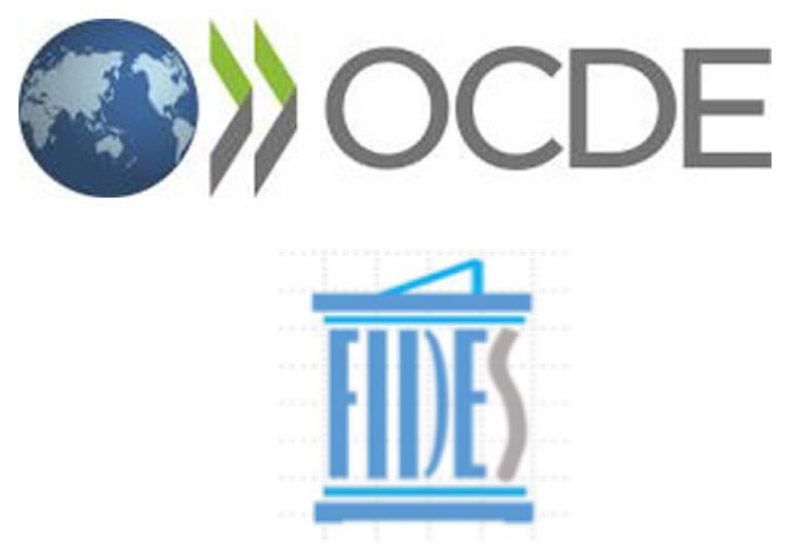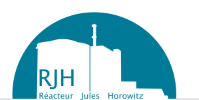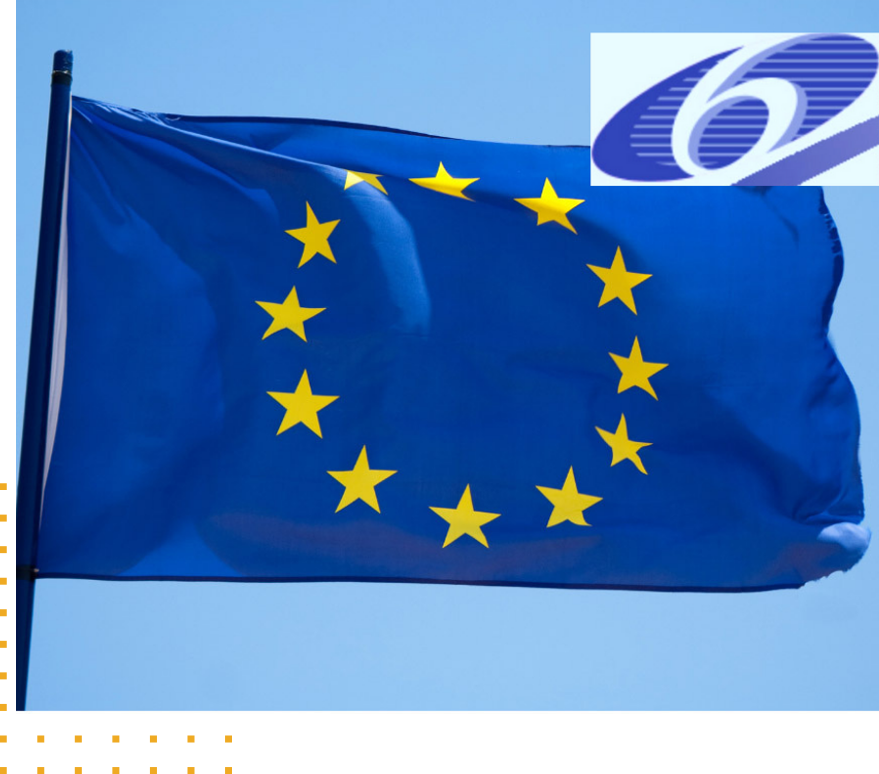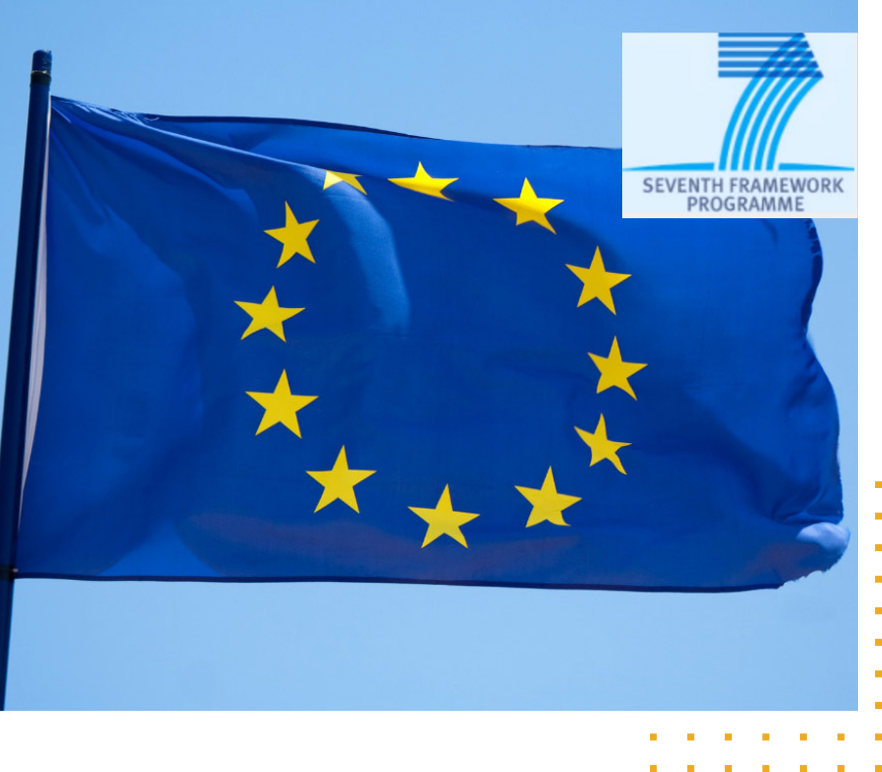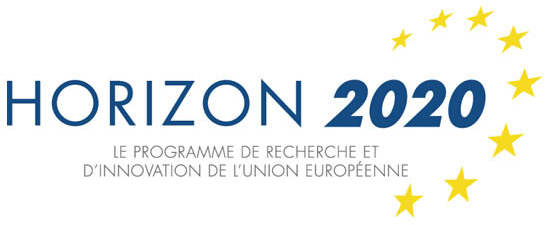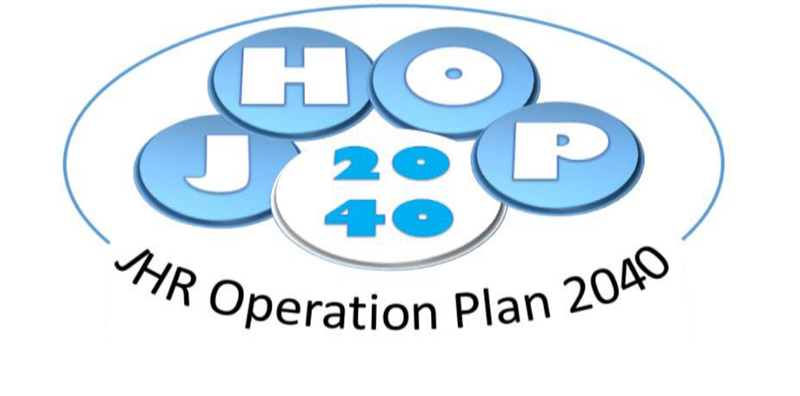SUPPORT PROGRAMMES
FOR THE JHR PROJECT
SUPPORT PROGRAMMES FOR THE JHR PROJECT
European-funded programmes
FEUNMARR project – 5th FP
The first programme financed by Europe in association with the JHR Material Test Reactor was launched in late 2001 with the objective to determine the future EU needs in MTRs. This project was dubbed: FEUNMARR – 5th Framework Programme: Future EU needs in MTR.
This programme published a report, backed by experts and industry representatives, with the intention of answering the European Commission’s question on the need for a new MTR in Europe, which highlighted the following aspects:
• MTRs are key infrastructures in Europe for sustaining the nuclear industry and preparing future reactor systems
• Europe enjoys global leadership in this field as it boasts several high-power MTRs developed at national level
• European MTRs will have been operating for more than 50 years in the coming decades and are faced with the increasing likelihood of shutdown due to obsolescence
This explains why at least one new MTR needs to be built in Europe to secure its long-term experimental irradiation capability.
To respond to needs determined within the scope of the FEUNMARR programme, Europe’s irradiation capabilities need to be replaced by a new generation of irradiation devices, since most of those currently in service were developed several decades ago.
Devices integrating new technical options (e.g. materials operating at high temperature, miniaturised components, online instrumentation under high neutron flux, sample changes, etc.) are now deemed a necessity in order to meet today’s industrial needs and new scientific modelling capabilities.
The most successful strategy in this field clearly calls for collaboration on a European level and joint development of experimental devices; this will not only allow us to meet the industry’s technical needs, but also to resolve certain issues such as:
• Strengthening the European MTR
community, which has known to be rather fragmented due to Europe’s colourful past
• Providing high added-value by further improving our knowledge and accumulating operating experience in the field
• Maintaining a high level of scientific expertise by training new generations of researchers, engineers and operators.
JULES HOROWITZ REACTOR
COORDINATION ACTION (AC-RJH)
JULES HOROWITZ REACTOR
COORDINATION ACTION (AC-RJH)
The JHR Material Test Reactor coordination action has met these concerns by preparing the construction of a new MTR in Europe, i.e. the JHR Material Test Reactor. In parallel, it is also strengthening the MTR community through shared projects focusing on the design of experimental devices. This two-year (2004-2005) programme (EC contract number: FI6O-CT-2003-508853) had two main objectives:
■ Structure European collaboration to provide a coherent definition of irradiation devices by setting up a specific working group of experts. This group produced a common definition for designing the JHR experimental devices in order to meet current industrial demands (issues concerning both the current fleet and future reactor technologies, e.g. fuel performance and nuclear safety, mechanical behaviour under irradiation, corrosion, and ageing assessment). Its objective was also meet emergent needs, e.g. gas and high-temperature loops, fast transient experiments, etc. The following stakeholders were involved in this group:
- CEA: French Alternative Energies and Atomic Energy Commission (France)
- SCK-CEN: Belgian Research Centre (Belgium)
- NRG: Nuclear Research and Consultancy Group (the Netherlands)
- Karlsruhe University (Germany)
- NRI: Nuclear Research Institute Řež plc (Czech Republic)
- VTT: Nuclear Research Centre (Finland)
- Technicatome (France).
■ Involve vendors, utilities and public stakeholders in the design of experimental devices and the next generation of MTRS. This group of end-users had to make sure that the JHR Project provided a service-oriented irradiation platform that fulfilled their needs. The stakeholders involved were:
- EDF : Electricité de France (France)
- KKL: KernKraftwerkLeibstadt (Switzerland)
- Fortum (Finland)
- IBERDROLA (Spain)
- FRAMATOME-ANP (France).
JHR COLLABORATIVE PROJECT – JHR-CP
JHR COLLABORATIVE PROJECT – JHR-CP
The JHR Collaborative Project (JHR-CP) provided support to the JHR Material Test Reactor, which was identified as a new research infrastructure of pan-European interest in the European Strategic Forum Research Infrastructures (ESFRI) roadmap.
The JHR-CP focused on the preparatory phase of the JHR Material Test Reactor. The aim being to improve the project’s level of maturity so construction could go ahead.
Taking into account the significant efforts from both the European and international community leveraged by the European Commission, the JHR-CP action covered a number of relevant outstanding issues:
■ Strategic planning: the qualification programme for critical components, which provided decisive orientations and allowed the construction work to start.
■ Technical work:
• The JHR Material Test Reactor’s strategic planning approach: definition of the qualification actions required for all JHR Material Test Reactor critical components
• Component qualification, man-machine interface and nuclear safety
• Support for JHR Material Test Reactor experimentation: definition and conceptual design of the JHR Material Test Reactor hot cells and non-destructive measurement benches.
■ Project logistics: Deployment of the organisation needed to ensure JHR Material Test Reactor operation and creation of the JHR Material Test Reactor operation team, including the definition of the JHR Material Test Reactor training provision.
The following stakeholders were involved in the JHR-CP:
⦁CEA: French Alternative Energies and Atomic Energy Commission (France)
⦁ CIEMAT: Centro de InvestigacionesEnergeticas, MedioAmbientales y Tecnologicas (Spain)
⦁ VTT: Nuclear Research Centre (Finland)
⦁ NRI: Nuclear Research Institute Řež plc (Czech Republic)
⦁ SCK-CEN: Belgian Research Centre (Belgium)
⦁EDF: Electricité de France (France)
⦁ Areva (France)
HORIZON 2020 programme
The Horizon 2020 programme brings together all EU funding in research and innovation; it is based on three major priorities: scientific excellence, industrial primacy and societal challenges. It came into effect on 1 January 2014.
This programme finances the JHR Material Test Reactor project’s operation plan, known as JHOP 2040.
JHOP 2040
The JHOP has a dual objective:
⦁ Bring the JHR Material Test Reactor consortium members together with the project’s main stakeholders, as well as all relevant European nuclear research associations and member states not represented in the JHR consortium.
⦁ Define the strategic research roadmap for JHR operation during the first 4-year period and thereafter for the following 11 years of operation.
The following countries belong to JHOP 2040:
⦁ European Commission: JRC
⦁ Finland: VTT
⦁ France: CEA, EDF
⦁ Czech Republic: CVR-UJV
⦁ UK: NNL
⦁ Sweden: STUDSVIK – Belgium: SCK/CEN
⦁ Spain: CIEMAT
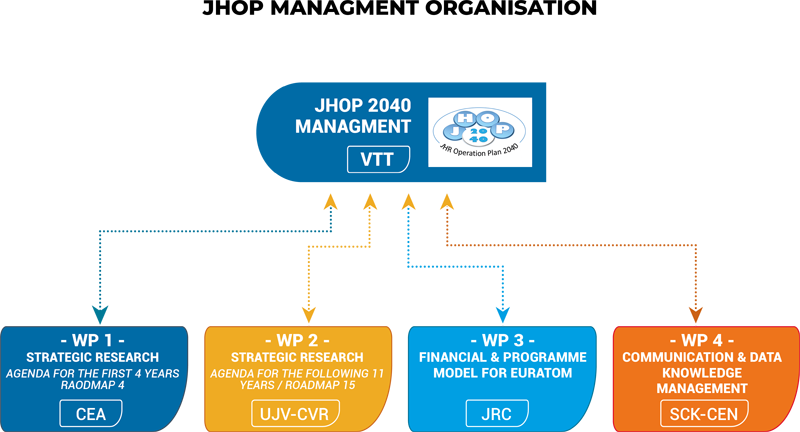
The key objectives of JHOP 2040 are:
⦁ Structure the project’s financial organisation and provide a framework for Euratom, taking into account governance and cost breakdowns for each programme
⦁ Identify and review current and future needs for fuel, materials and technology, both internal and external to the current consortium
⦁ Guarantee extensive use of the facilities via Euratom access rights and fully exploit the planned capacity by promoting and consolidating collaboration between potential users.

Horizon Europe programme
This framework programme started in 2020 with the kick-off meeting that was held on 8-9 September 2020, which was followed up with two steering committee meetings.
Horizon Europe is the EU framework programme for research and innovation that covers the period from 2021 to 2027, taking over from the Horizon 2020 programme. The partnerships planned under this framework programme can be described as initiatives whereby the EU and the member states agree, in collaboration with public and private stakeholders, to jointly support the development and implementation of a programme for research and innovation.
This new EU research and innovation programme will have a budget of around 95.5 billion euros for 2021-2027 (current prices).
This is an important opportunity for the JHR Material Test Reactor to enhance its visibility in Europe; two ‘precursor’ subjects will be proposed for application in other European reactors:
⦁ One focusing on support experiments designed to study the behaviour of materials under irradiation
⦁ One focusing on the production of innovative radioisotopes for medical applications.
INTERNATIONAL PROGRAMMES
INTERNATIONAL PROGRAMMES
After the phase-out of the Halden reactor (mid-2018), the OECD decided to launch a new initiative called the Framework for irradiation experiments (FIDES). This initiative gathers a large scientific community around Materials Test Reactors to propose several joint R&D programmes on tests on the behaviour of fuel and materials under irradiation.
The CEA and its partners from the JHR Consortium have actively worked on the FIDES legal framework agreement, besides preparing the first joint experimental programmes based on topics proposed by the JHR working groups. The CEA has also confirmed that once the JHR Material Test Reactor starts operating, the OECD–NEA will have the possibility of carrying out important research programmes on innovative fuel and structural materials.
The FIDES legal framework was officially launched in March 2021, including four joint R&D projects gathering 27 organisations (nuclear operators, fuel manufacturers, R&D organizations, TSO, etc.), which will be implemented in coming years.
The JHR Consortium members are particularly involved in two ‘pre-JHR’ projects:
- The P2M, which focuses on performing slow-power transients to reach partial fuel melting
- The INCA project focusing on in-pile creep studies on ATF cladding.
